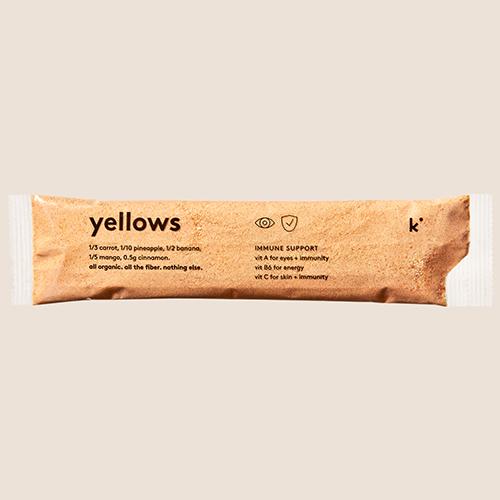What is the “PFC Rule?”
Carbohydrates, fats, and proteins, oh my! When it comes to macronutrients, like most things, it’s about balance.
If you’ve spent any time around these parts, or met with any of our fantastic Registered Dietitians, then you probably already know that nutrition is a rather nuanced subject.
Eating is incredibly personal, and there’s no one-size-fits-all “perfect diet” out there. But we still like to share broadly applicable guidelines for a healthy, happy relationship with food.
One of our favorite mealtime suggestions is the “PFC Rule.” PFC refers to proteins, fats, and carbohydrates – the three macronutrients – and the “rule” is really more of a general suggestion for how much of each you should shoot for in most meals, proportionally.
Breaking down PFC
If you break your plate down into slices like a pie (mmm…. pie…) the PFC rule calls for roughly ¾ of it to be comprised of carbohydrates: ⅓ of those carbs being in the form of grains or other starches, and ⅔ of them being fruits and/or veggies.
The remaining quarter of the plate should be dedicated to protein.
And fat will likely be inherently present throughout, whether as fats that naturally exist in these other foods, like avocado or chicken skin, or via cooking oils or dressings.
Why these proportions?
An emphasis on fruits and veggies is the surest path toward ensuring you’re reaching your five-a-day, which means you’re also likely getting plenty of vitamins, minerals, antioxidants, plus fiber.
Here’s a quick explanation of just why this is so important:
Vitamin A helps with vision, cell growth and repair
Vitamin C contributes to growth and repair of collagen, and is an antioxidant
Potassium is needed for muscle contractions, maintaining fluid balance, and maintaining normal blood pressure
Magnesium is responsible for regulating muscle and nerve function, blood sugar levels and blood pressure, plus making protein, bone, and DNA.
Anthocyanins are a powerful antioxidant
Cryptoxanthin is another antioxidant and a vitamin A precursor
Allium is an antioxidant, and antimicrobial against microorganisms
FOS (or “fructooligosaccharides…” we’ll stick with “FOS!”) are crucial fibers for gut health and maintaining a healthy microbiome
Examples of PFC meals and snacks
Remember, the PFC Rule is more of a guideline! Don’t get so hung up on plating with a perfect 90º section of rice that you lose the joy in cooking or eating.
For breakfast, a piece of toast with your favorite nut butter, plus a banana or cup of berries fits the bill. A lunch of leftover pizza with a simple salad? That’ll do! Even chips and guac as a snack is PFC-approved. Dinnertime can be PFC’d up nicely with a filet of salmon, some rice, and a sautéed veggie or two.
there's more good content where that came from
